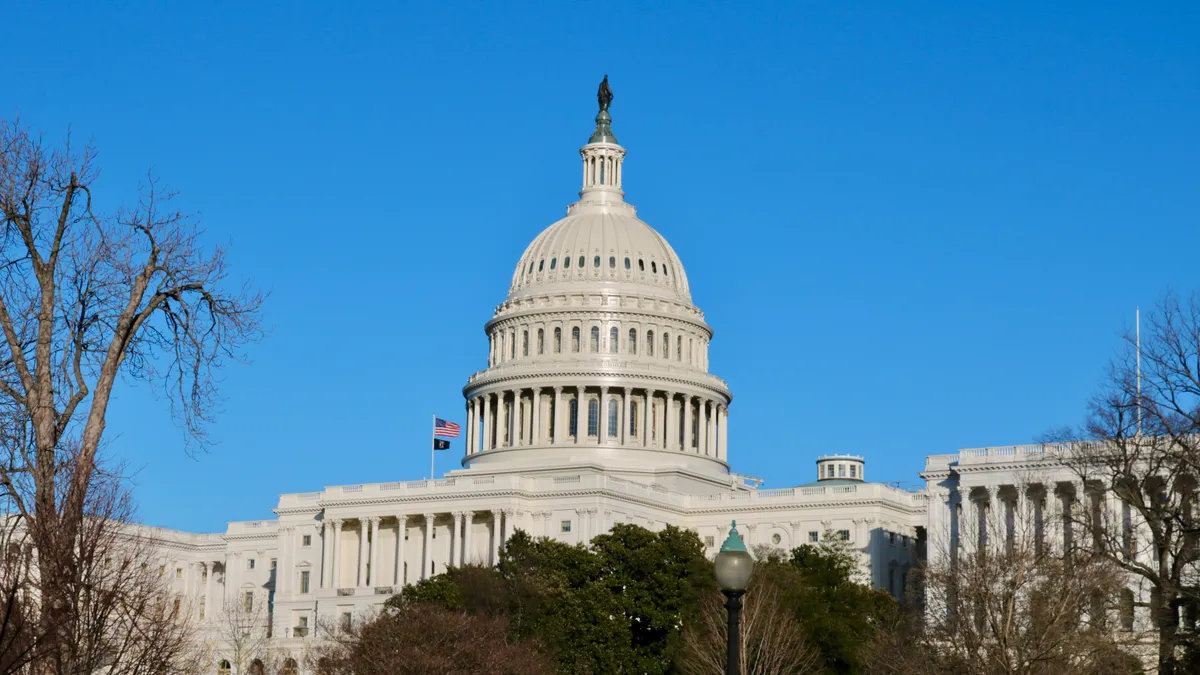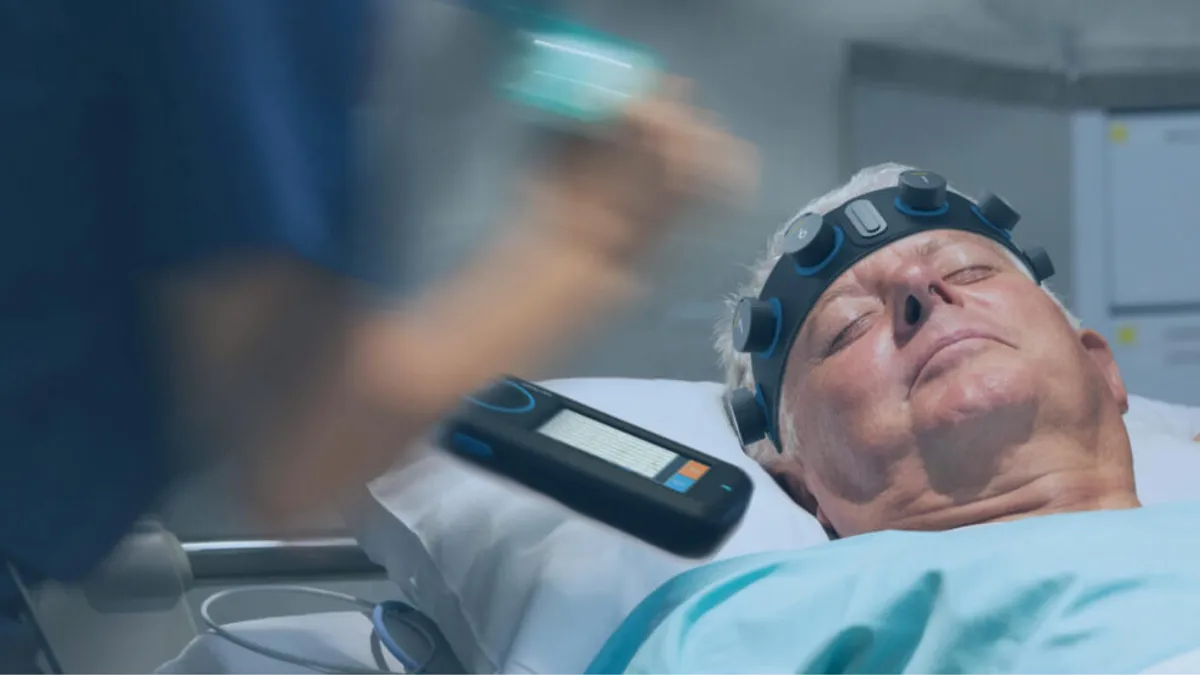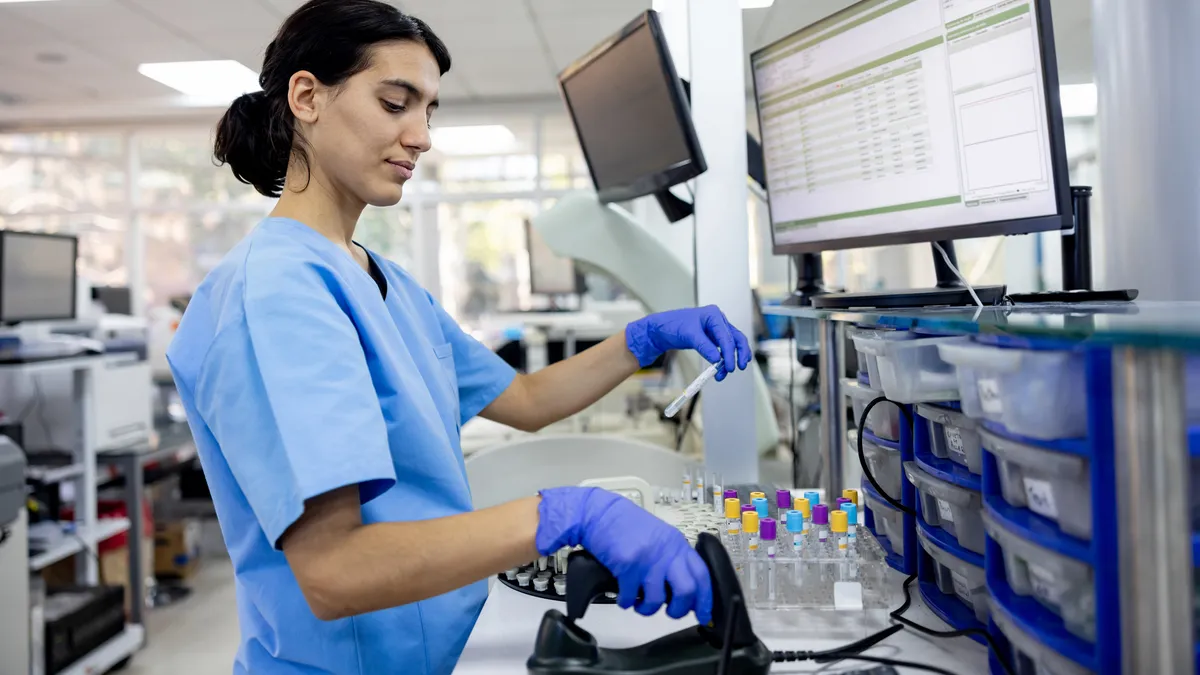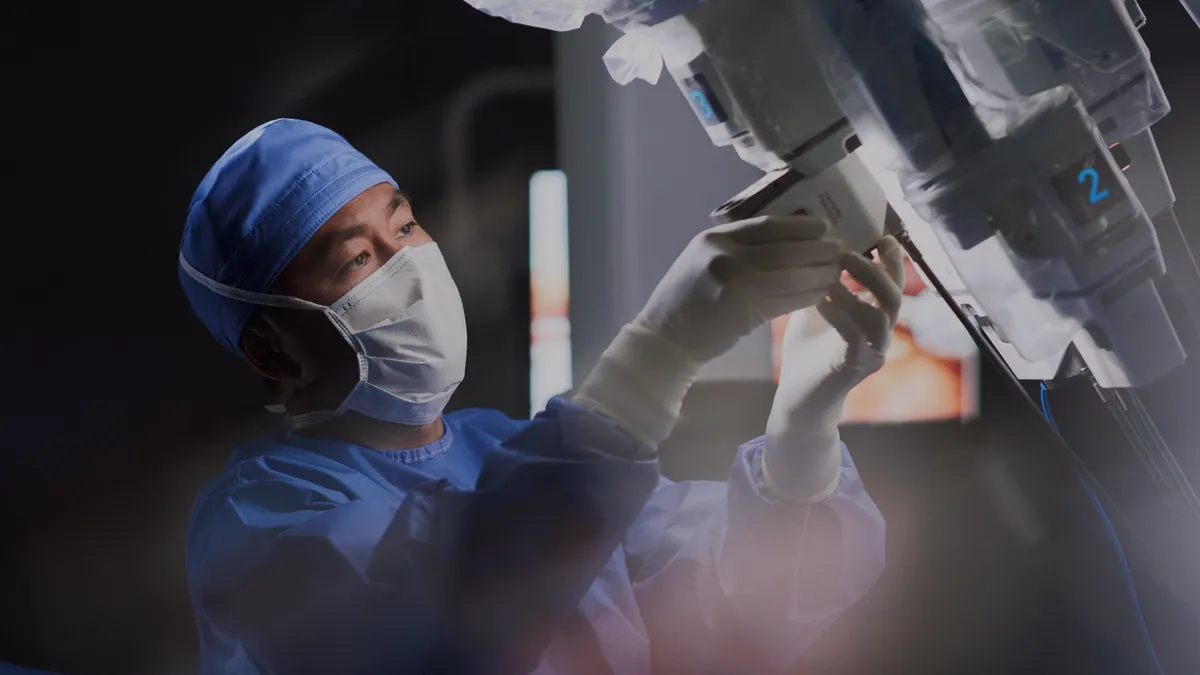Industry groups and consumer advocacy groups are expressing opposing views on proposed changes to how the Food and Drug Administration regulates diagnostic tests.
The legislation, included in a Senate committee draft of the FDA user-fee bill, would create a new risk-based framework for how tests are regulated, grouping together laboratory-developed tests (LDTs) and in-vitro diagnostics into one category. However, it also includes several exemptions, allowing tests that are currently on the market to skip new premarket review requirements unless significant changes are made.
These exemptions were a concern raised by the Pew Charitable Trusts in comments to the Senate Health, Education, Labor and Pensions (HELP) Committee on Saturday. Pew wrote that some of these exemptions “need to be narrowed in order to ensure that high-risk tests are subject to the appropriate oversight.”
The nonprofit also added that any exemptions should be structured to minimize risk and allow the FDA to evaluate the tests when necessary.
Elizabeth Richardson, who directs Pew’s health care products project, said in an interview that under the draft legislation, with lab-developed tests, “the FDA’s authority over those tests would be undisputable.”
This previously had been a gray area as the FDA had taken an approach of enforcement discretion with tests that were developed and used in a single laboratory. Under the Trump administration, the Department of Health and Human Services directed the FDA not to require premarket review of lab-developed tests, only to reverse this policy a few years later under the Biden administration.
“Part of the problem is we don’t know how many LDTs are out there,” Richardson said, adding that exempting some legacy tests may be the most “workable” approach.
But if that’s going to happen, developers need to publicly report what the test is for, what claims the test is making and how it performs, Richardson said.
“If the FDA has concerns, the FDA needs to have very clear authority to come in and ask questions,” Richardson added.
The new regulatory framework would also create a new technology certification program for tests that are not high risk. This would allow test developers to submit information on a representative test to the FDA, along with test development, validation and maintenance procedures, that could be applied to multiple tests.
For instance, a developer could submit data on a single test that uses mass spectrometry and receive a certification that covers all of the mass spectrometry-based tests that it develops, Pew wrote.
In total, Pew said only 5% to 10% of tests would be required to go through premarket review under the proposed legislation, referring to a previous FDA estimate, shifting the burden or regulatory oversight to the postmarket setting.
Industry’s take
Industry groups representing clinical laboratories shared differing opinions on the proposed changes, but overall, sought to limit premarket review of legacy tests.
The American Clinical Laboratory Association (ACLA), which represents diagnostics companies including Quest Diagnostics and Labcorp, supported “grandfathering provisions” in the draft legislation that would not require developers to submit summaries of analytical and clinical performance of their legacy tests.
However, the industry group wanted to add a step to the process if the FDA flags a legacy test for insufficient valid evidence.
In a letter on Sunday to the Senate HELP Committee, the ACLA wrote that test developers should be able to submit information to the FDA to address its scientific concerns and meet with the agency if appropriate, before the FDA can take the tests in question off of the market.
The group also wanted to limit the types of modifications made to tests that would trigger premarket review.
Testing groups also shared differing opinions on when the regulatory changes should take place. ACLA suggested a five-year transition period, allowing extended deadlines for tests that have been approved by third-party reviewers “to avoid overwhelming FDA with an avalanche of applications.”
On the other hand, some hospital groups questioned whether this was the right time to introduce the legislation at all.
“We recognize that the user fee reauthorization offers a fast moving legislative vehicle; however, since this proposal dramatically modifies the current regulatory framework for an entire category of medical services, it’s critical that this is done right to protect patient access to innovative diagnostics,” said a Sunday letter to the Senate committee, with more than 70 signatories, including the Association of American Medical Colleges, which represents 400 teaching hospitals. “As such, we respectfully request that you allow time for further refinement of the VALID (Verifying Accurate, Leading-edge IVCT Development) Act and do not rush this very flawed, problematic legislation through the user fee reauthorization legislative process.”
Will the FDA have enough resources?
One question raised by all three commenters was whether the FDA would be provided with enough funding to regulate all of these tests.
While the agency does create a user-fees program for diagnostic tests similar to those being passed by Congress for medical devices, pharmaceuticals and generic drugs, the current draft legislation limits the application of those fees to premarket review activities and does not allow the FDA to begin collecting those fees until after it has developed certain regulatory guidance.
Pew wrote that these limitations “would seriously undermine the agency’s ability to implement the legislation,” while the ACLA raised concerns that a “significant influx of LDT applications would significantly outpace FDA resources.”
This isn’t the first time that Congress has tried to reform the regulation of lab-developed tests, but comments made by leaders of the House and Senate committees working on the user-fee bill indicate an effort to include it in the final legislation.
“The fact that it has been included by the Senate as part of the user-fee package is very encouraging, but any number of things can happen between now and when it needs to pass,” Pew’s Richardson said.




















